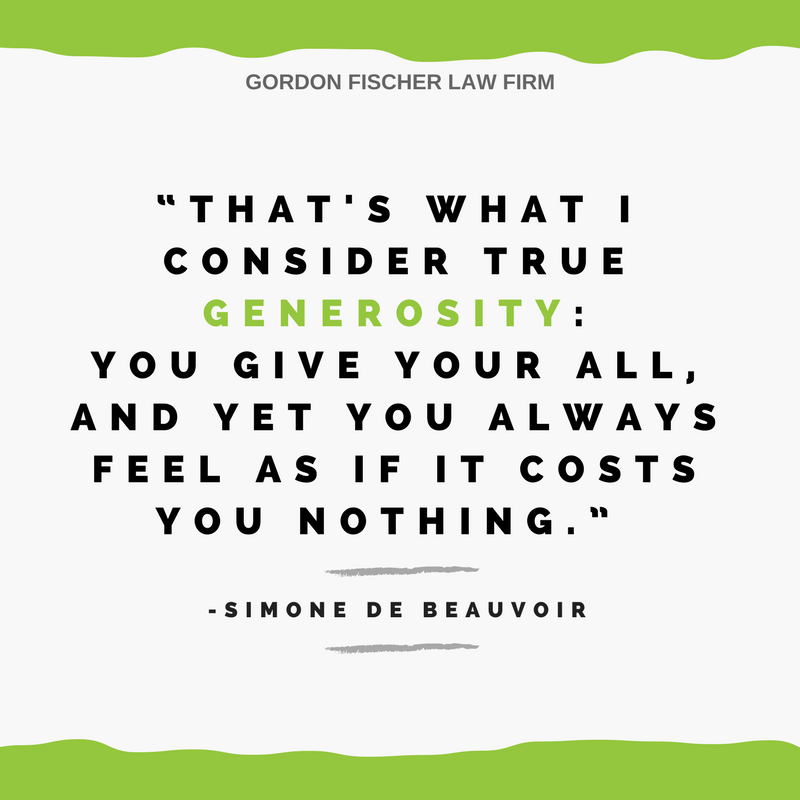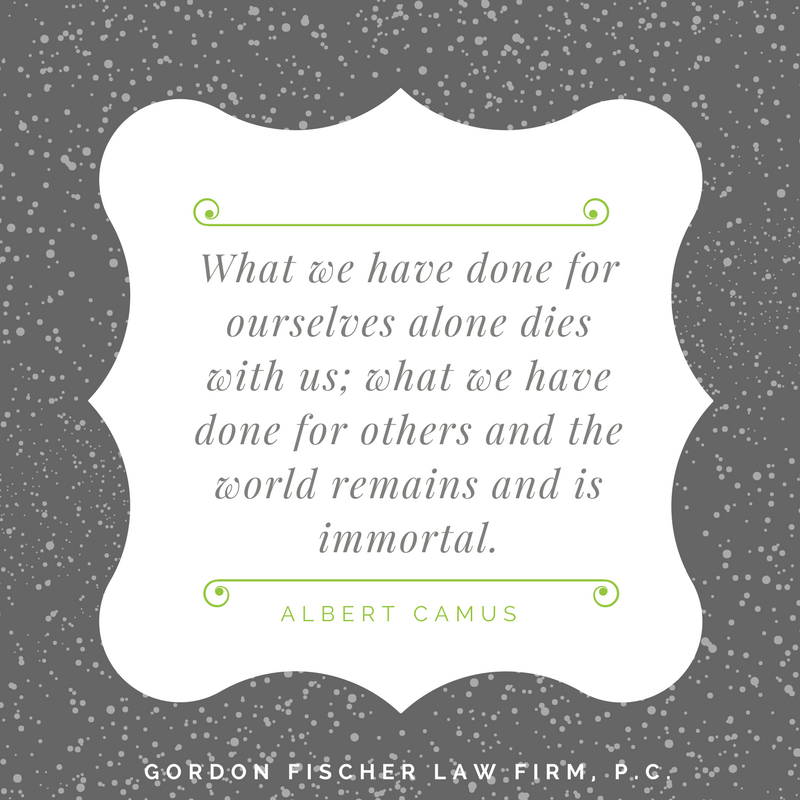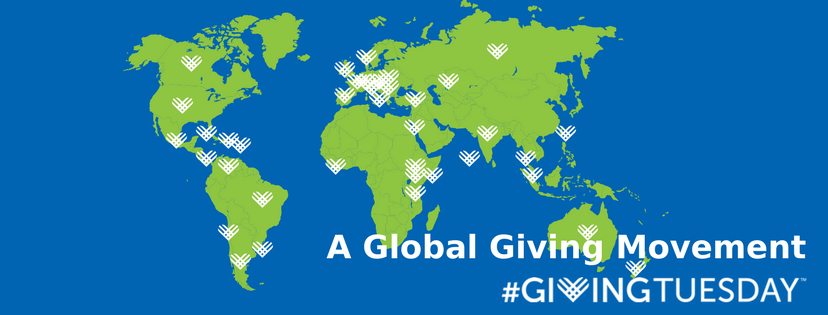It can be difficult upon first glance to understand the differences between the various sets of letters and numbers used to identify nonprofit organizations. You hear a lot about 501(c)(3) organizations, but what if you come across a 501(c)(4) entity when making donations? What if you want to form a 501(c)4)? What does this type of IRS identification mean?
What is a 501(c)4?
Both 501(c)(3) and 501(c)(4) organizations are tax-exempt from federal income taxes on income earned and raised related to their exempt purposes.
501(c)4s are best categorized as civic organizations and local associations of employees. The Code of Federal Regulations, §1.501(c)(4), says: “A civic league or organization may be exempt as an organization described in section 501(c)(4) if:
- It is not organized or operated for profit; and
- It is operated exclusively for the promotion of social welfare.”
The most common organizations with a 501(c)(4) designations are those active in politics, lobbying, and advocacy work. Some classic examples include volunteer fire departments, Miss America Organization, and community service clubs like Kiwanis, Rotary, and Lions Clubs.
By comparison, 501(c)3 organizations are recognized by the IRS as tax-exempt because they are organized and operated for: “religious, charitable, scientific, testing for public safety, literary, or educational purposes, or for the prevention of cruelty to children or animals.”
These organizations tend toward advocacy work, political actions, lobbying, environmental purposes, homeowners’ associations, and various community associations. Interestingly, it is not uncommon to find some organizations occupying the ranks of 501(c)(4) that would normally be considered 501(c)(3) if it were not for particular activities such as substantial lobbying or political candidate endorsements…things prohibited under 501(c)(3).
Exempt Purpose: Social Welfare
To be granted 501(c)4 status, the exempt purpose of the organization is the promotion of social welfare. What does social welfare mean exactly? The Code reads (with italics added for emphasis):
An organization is operated exclusively for the promotion of social welfare if it is primarily engaged in promoting in some way the common good and general welfare of the people of the community. An organization embraced within this section is one which is operated primarily for the purpose of bringing about civic betterments and social improvements.
To achieve and retain 501(c)4 status, the organization’s must primarily engage in activities that further its exempt purpose (promotion of social welfare). However, the organization could engage in activities (like lobbying and political campaign intervention mentioned below), so long as they don’t exceed the primary actions related to social welfare. So, technically, “other activities” should not exceed 49% of the organization’s operations.
In comparison, a 501(c)(3) organization is expressly prohibited from engaging in more than an insubstantial amount of activities that do not further its exempt purpose.
Lobbying
501(c)(4) organizations may engage in unlimited lobbying so long as it is in furtherance of their social welfare purposes.

Political Activities
So long as political campaign activities are not the primary actions (meaning more than 49%) of the organization, the 501(c)(4) may engage in political campaign intervention.
By distinction, 501(c)(3) organizations are prohibited from engaging in any political campaign intervention activities.
Contribution Deductibility
Generally, donor contributions to 501(c)(4) organizations are not deductible. There are limited exceptions for certain contributions to war veterans organizations and volunteer fire companies. In fundraising solicitations, 501(c)(4) organizations must disclose to prospective donors–in an obvious and easily recognizable format–that donations to the organization are not deductible as charitable contributions for federal income tax purposes. Note well that some payments to 501(c)(4)s will be deductible as business expenses in certain situations.
How do you form a 501(c)(4)
If an organization is looking for 501(c)(4) status they may go about it one of two ways. The organization may:
- Apply for formal IRS recognition of exemption by filing Form 1024; or
- Declare itself as exempt under 501(c)(4).
In both cases, the entity must notify the IRS by electronically filing Form 8976 within 60 days of establishing intent to operate as a 501(c)(4) organization. (Organizations operating under any other 501(c) section should not file this notice!)
Want to learn more? Have questions which organization designation may be best for your entity? Maybe your 501(c)(3) would benefit from establishing a 501(c)(4) arm? Don’t hesitate to contact me to discuss your situation!



















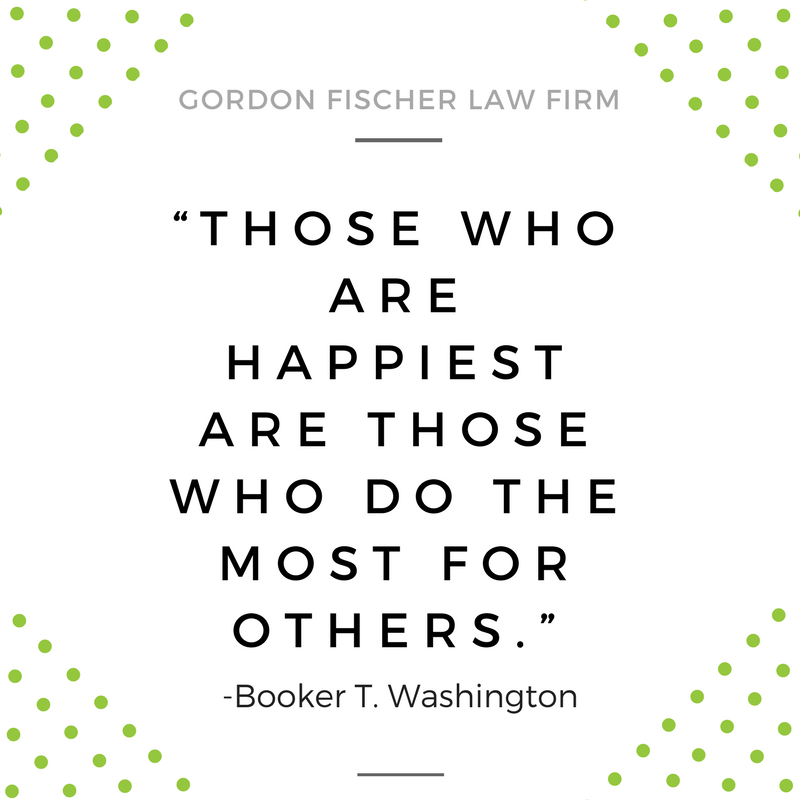

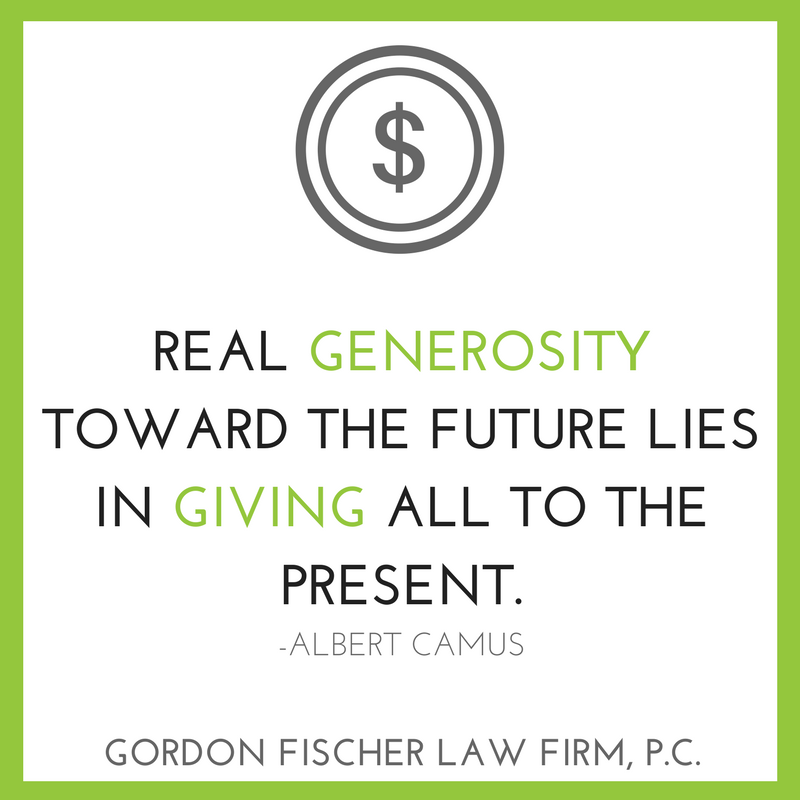
 Giving is a privilege
Giving is a privilege
